Post-Celsius, new platforms rethink crypto lending from the ground up
From collapse to comeback
The 2022 collapses of Celsius Network, Voyager, and BlockFi were supposed to kill crypto lending. Instead, a new wave of platforms is reviving the model—with stricter collateral rules, clearer liquidation protocols, and full on-chain transparency.
As Cointelegraph reports, Bitcoin-backed loans are making a cautious return, led by players that claim to have learned from the wreckage.
What’s different this time?
| Then (Celsius era) | Now (Post-2024 models) |
|---|---|
| Off-chain rehypothecation | On-chain, overcollateralized vaults |
| Opaque risk management | Automated liquidations + oracle feeds |
| Retail savings “yield” | No yield promises; just loans |
| Commingled funds | Isolated smart contract positions |
New lenders like Liquidium, Velar, and CoinRabbit are positioning themselves as “trust-minimizing” credit layers, allowing users to post BTC or wBTC as collateral and borrow stablecoins or altcoins without giving up custody.
Why it’s working
- DeFi rails are better – On-chain collateralization and real-time liquidation make credit positions more transparent.
- No yield marketing – Platforms aren’t promising “staking income” or interest to lenders—just pure lending with liquidation protection.
- BTC holders want leverage – Long-term holders increasingly want to unlock liquidity without selling.
Even Bitcoin-native DeFi projects like Stacks and Lightning Labs are developing Layer 2 credit protocols that don’t rely on central custodians.
Notable models
- Liquidium (Stacks): Peer-to-peer Bitcoin lending with time-locked collateral
- Velar (Rootstock): DeFi suite enabling smart contract lending on Bitcoin sidechains
- CoinRabbit: Centralized, instant lending — but with hard liquidation rules and no asset rehypothecation
- Fuji DAO, Ion Protocol: Cross-chain lending frameworks experimenting with BTC bridges
Risks remain
Even with better tooling, volatility and liquidation risk remain major concerns. A 20–30% drop in BTC price could still trigger mass liquidations—especially for borrowers sitting at the edge of LTV (loan-to-value) thresholds.
Additionally, regulatory clarity on collateralized crypto loans remains patchy in the U.S. and EU. Projects operating in this space must be careful not to trigger securities or lending license requirements, especially under new rules like MiCA and SEC interpretations.
Bottom line
Crypto lending isn’t dead—it’s just being rebuilt in public, with smarter code and fewer marketing gimmicks. The new generation of Bitcoin loan platforms may not promise wild returns, but they’re offering something more durable: predictable, transparent credit without a Celsius-style crash.




